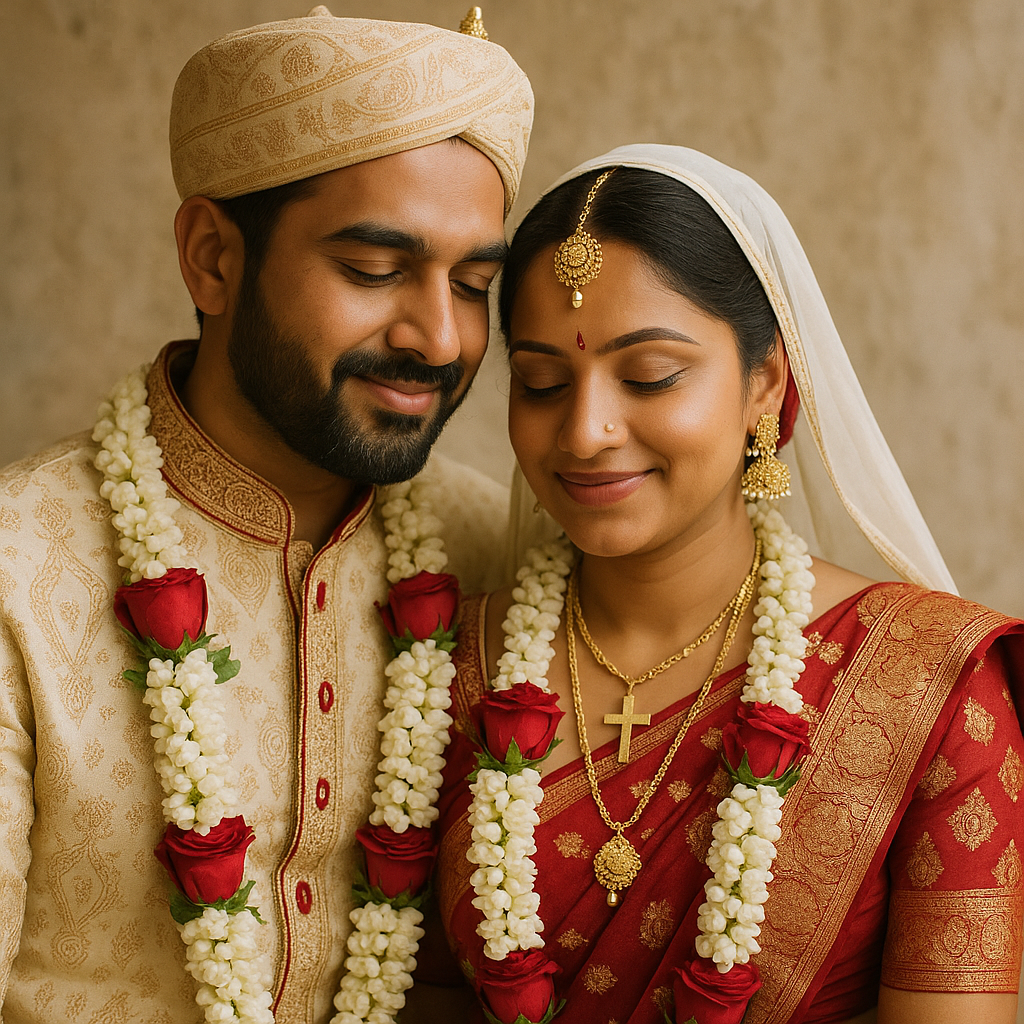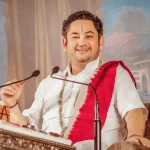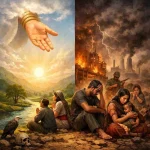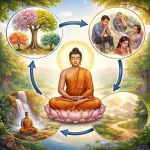Inter-Religious Marriages & Blended Faith Identities in India
In a land of many gods, languages, and cultures, India’s social fabric has always been rich in diversity. Yet, one of the most delicate intersections of this diversity lies in inter-religious marriages—unions that bring together people from different faith backgrounds. While such marriages have existed for centuries, they have become more visible in the modern era, thanks to urbanization, education, and digital connectivity. However, they continue to provoke strong emotions, legal scrutiny, and social debates about identity, belonging, and the nature of secularism itself.
A Changing Social Landscape
Modern India is witnessing gradual but undeniable changes in the way love and faith interact. With young people increasingly working, studying, and socializing across religious lines, relationships that cross faith boundaries are no longer rare. Inter-religious marriages, once considered taboo, now appear in films, cities, and even small towns, challenging traditional norms of arranged unions within caste and religion.
According to data from the Pew Research Center, only a small percentage of Indian marriages are inter-religious, but the number is growing among urban youth. Social media and dating apps have expanded interaction among communities, allowing shared values and emotional compatibility to take precedence over religious identity. Yet, the broader social acceptance of such unions remains mixed.
Love, Law & Social Resistance
India’s Constitution guarantees freedom of religion and the right to choose one’s partner. The Special Marriage Act (SMA) of 1954 was designed precisely to facilitate civil marriages between partners of different religions, without requiring conversion. However, in practice, couples who opt for inter-faith unions often face bureaucratic hurdles, family opposition, and, in some cases, social hostility.
The issue becomes more sensitive when it enters the realm of political and communal narratives. Terms like “love jihad” have polarized discussions, framing interfaith unions as ideological battles rather than personal choices. In some states, new regulations have added procedural layers—such as prior notice and verification—to marriages under the SMA, making the process more daunting.
Despite these challenges, many couples persist, seeing their marriage as an act of courage and freedom—an assertion that love can transcend boundaries of belief and identity.
Blended Faith Identities: Beyond Conversion
Inter-religious marriages often lead to blended faith households, where two traditions coexist under one roof. Instead of conversion, couples increasingly choose to celebrate diversity by respecting both religions. A Hindu-Muslim couple might celebrate Diwali and Eid together; a Sikh-Christian family might mark both Christmas and Gurpurab.
This blending often extends to children, who grow up exposed to multiple rituals, moral codes, and worldviews. Rather than confusion, many such families report that their children develop tolerance, empathy, and a pluralistic outlook. The home becomes a microcosm of India’s secular promise—showing that multiple faiths can indeed harmonize when grounded in mutual respect.
However, navigating this blended identity is not always easy. Family expectations, inheritance laws, and community pressures can complicate everyday decisions—from naming a child to performing rites of passage. Still, many young couples see this complexity as a source of strength rather than division—a way to redefine what it means to belong.
The Role of Women and Negotiating Power
In most inter-religious unions, women bear a disproportionate share of the social pressure. Families often question their loyalty, religious adherence, and cultural continuity. For many women, especially in traditional settings, marrying outside the faith means losing community acceptance or inheritance rights.
Yet, women have also been at the forefront of redefining religious identity in interfaith marriages. Many negotiate new rituals, assert equality in family decisions, and teach their children values from both faiths. By blending traditions, they act as cultural bridges—challenging patriarchal control and the idea that religion is fixed and exclusive.
In this way, inter-religious marriages become not just personal unions but quiet acts of social reform, especially in challenging gendered religious hierarchies and norms.
Popular Culture & The Public Imagination
Bollywood and Indian literature have played a significant role in shaping public attitudes toward inter-religious love. Classic films like Bombay, Veer-Zaara, My Name Is Khan, and more recently Atrangi Re or Raazi, present cross-faith romance as both beautiful and fraught. They celebrate love’s universality while acknowledging real-world tensions.
Social media platforms today are filled with stories of couples navigating dual traditions—posting images of weddings that blend the mangalsutra with the nikah, the hymns of aarti with the serenity of church bells. These representations are reshaping the imagination of what an Indian marriage can look like—less rigid, more inclusive, and deeply human.
Faith, Family, and the Future
The long-term impact of inter-religious marriages extends beyond individuals to the larger idea of Indian pluralism. Each blended family contributes to a more inclusive social fabric. These unions subtly challenge communal divisions by embodying the message that coexistence is not just possible but beautiful.
However, sustaining such marriages requires emotional maturity, open communication, and societal support. Religious leaders and institutions can play a constructive role by encouraging dialogue rather than fear, emphasizing shared values of compassion, honesty, and love found in every faith.
Educational institutions and the media, too, have a responsibility to promote empathy and understanding rather than stereotypes. The future of India’s secular democracy may, in many ways, depend on how it treats love that crosses boundaries.
Love as a Bridge of Belief
Inter-religious marriages in India are more than personal choices—they are quiet revolutions of harmony in a polarized age. Each such couple becomes a living dialogue between faiths, embodying the spirit of unity in diversity that India has always celebrated.
While legal and social obstacles persist, the growing number of interfaith families shows that the idea of love as a bridge between religions is not utopian—it is real, evolving, and deeply Indian. As these families raise children who pray in many languages and understand many gods, they create a future where identity is not about exclusion, but expansion.
~Religion World Bureau









